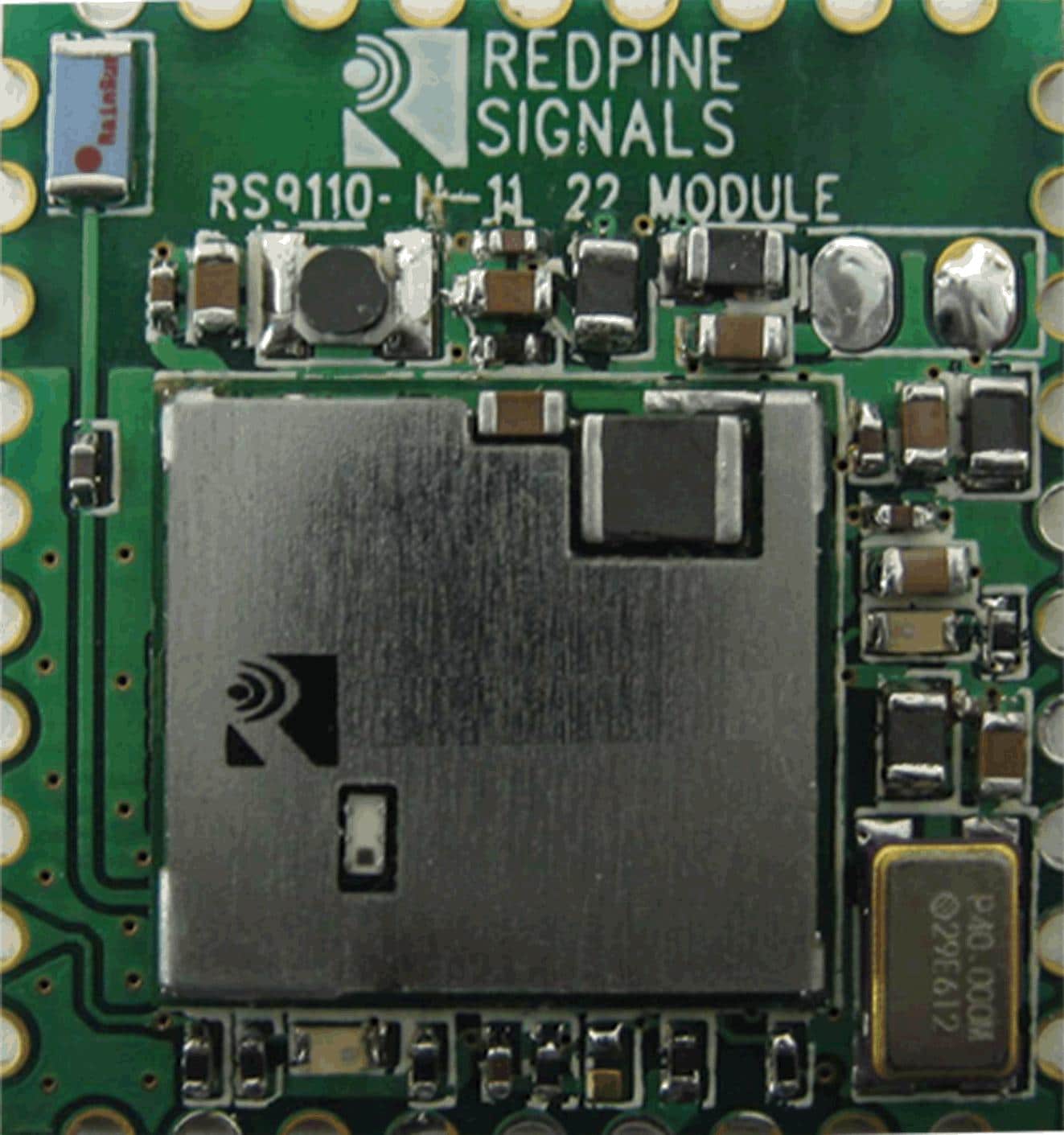New technologies such as the Internet of Things (IoT) are providing unparalleled opportunities for businesses. And new modules with rising levels of integration are easily available and cost-effective. So, how does a design engineer decide between a module and chipset for an application? Let us find out as Abhishek Mutha of EFY speaks with Dhiraj Sogani, GM & sr. vice president, Systems Business Unit at Redpine Signals, Inc.
Q. Most of the IoT devices are designed to be small in size. What are engineers looking at while selecting a wireless module?
A. If everything is integrated together in a module, the overall size and cost of the IoT solution will also be extremely less, thereby making products competitive. Engineers today are looking for microcontroller (MCU) integrated modules, where they can write their own applications. Integration of software is also another factor looked at. Traditionally, MCU was being used to run all the software, but today engineers want a major chunk of software to be running on the module itself. Modules not only run software of wireless protocols but also networking software like Transmission Control Protocol/Internet Protocol (TCP/IP) stack, Secure Sockets Layer (SSL)/Transport Layer Security (TLS) or Hypertext Transfer Protocol Secure (HTTPS).
Q. Majority of IoT devices are battery-operated. How can low power consumption be acheived and what is the importance of certification?
A. The average current consumption of the module is extremely critical as it defines the battery life of the system. Modules have multiple sleep modes available making it possible to turn protocols and devices on and off as desired, thereby helping in reducing power consumption. In addition to keeping power consumption low, regulatory certifications (such as Federal Communications Commission (FCC) and Industry Canada certification (IC)) and protocol compliance (such as Wi-Fi Alliance and Bluetooth Special Interest Group (SIG)) are also critical in selecting the right solution as the timeline, cost and risk associated with these is quite significant.
Q. How important is it for a module to provide dual-band support for Wi-Fi technology?
A. Wi-Fi operates in two spectra. One is 2.4 GHz and the other is 5 GHz. 2.4 GHz band is very crowded today because several other technologies such as Bluetooth are operating in this spectrum. The number of devices operating in this band spectrum is increasing significantly and the number of available channels is very less. For quality and reliability of connection, several of our customers have started moving to 5 GHz band.
Q. What kind of integration would you recommend for IoT products if cost was the only key factor?
A. We are observing that designers are moving towards highly integrated wireless modules. Chipset level integration is going down. Of course, there are markets such as cell phones where there is high level of chipset integration. But in other markets, it is going down. The capital and expertise needed for wireless chipset integration is enormous. You need to have radio frequency (RF) expertise, you need to have the necessary test tools in place, then you need to go through all the reliability testing, performance testing, regulatory certifications and protocol compliance to ensure that you are meeting all the requirements. This increases the chipset integration cost driving customers to an integrated module where all of these issues are taken care of.
Q. Coming to the general selection criteria, what do you think are the parameters or factors design engineers should consider before buying modules?
A. The first thing that an engineer needs to look is at the data throughput requirements of the application. A set top box or a wireless display will have completely different requirements when compared to a machine control application. Second factor is the power consumption. The designer should decide if the device is going to be a wall-powered device or a battery operated one. It is also important to ascertain the maximum peak power consumption that the device can sustain.
If using a Linux operating system, most of the software can be run on the MCU without any problems. But if a small real-time operating system (RTOS) or no operating system (OS) is used, you will need a module that literally runs everything.
Q. You recently announced a module for vehicle-to-vehicle communication. How is your solution unique?
A. This module uses 802.11p and we are incorporating standard Wi-Fi, Bluetooth and ZigBee into this module to make it a complete vehicular communication solution. It would help in creating On-Board-Units (OBU) that go inside the car or Road-Side-Units (RSU) which are mounted on the roadside for collision avoidance, traffic scenario communication between different vehicles, toll collection and several other applications. Several automobile companies are looking into such solutions – we expect them to go into mass adoption in 2016. We also have solutions coming up where an MCU will be integrated inside the modules.












